General strike in Brazil
On Thursday July 11th Brazil was scheduled for a general strike. This means that all public services were to be cancelled or reduced, including public transportation, banks, hospitals, and schools.
In Salvador, Bahia at 11am protestors met at a historical place of resistance named Campo Grande. There were many people representing various struggles with flags, banners, t-shirts, huge balloons, and even buses with speakers.
Rui Oliveira is the president of the labor union for teachers in public education in Bahia named Associação dos Professores Licenciados do Brasil – Secção da Bahia (APLB-BA) and the first secretary for the national confederation. Oliveira informed that 100,000 public school teachers of Bahia participated in the strike along with the rest of the nation. He outlined some of the objectives of the teachers’ struggle such as a better retirement plan and a decrease in the number of working hours from 44 to 40 without a decrease in salary.
Oliveira also highlighted other demands such as the democratization of the media and a better transportation system. He emphasized the importance of solidarity with the other “categories” of struggle to continue fighting for the “povo” or “the people” that will not stand still because the fight is not over.
After about two hours at Campo Grande, the manifestation began to make it’s way onto the streets toward Praça da Sé in the Centro Historico of the city. Specific streets were previously closed off for the manifestation, and military police marched in front to direct the protesters. Local police officers were also stationed at multiple points of the route.
Almost halfway through the route, many young people started marching their way to the front of the manifestation. They wore regular clothes without logos and mostly black, some wore masks and some wore bandanas only showing their eyes. The flags and banner that they held up were also black and carried the message: “Tarifa Zero,” translated to “Zero Tariff”, written in white ink. This crowd was made up of mostly young people and they carried with them a lot of energy. They chanted very creative phrases along the way, commenting on the transportation system and the government. This was “Movimento Passe Livre.”
Lukas Volca, 18 years old, explains Passe Livre’s objectives: “We are fighting for the fare reduction for seniors, students and unemployed. Of course we are in favor because if it is public transportation then why do we have to to pay?” Volca then differentiated this movement from the people marching behind them that were carrying all types of flags, banners, and t-shirts: “we are ‘different’ from these people with political party flags. No doubt that some are being paid/sponsored to also deflect the main movement: Passe Livre.”
However, a friend of Volca and member of Movimento Passe Livre, explained that this does not mean that they are completely against all people carrying flags. Some are fighting for causes that they support, such as education.
The movement in Brazil is as complex as the nation itself. Thus, it is important to shed light on the many faces and issues that are coming to the surface during this historical movement.

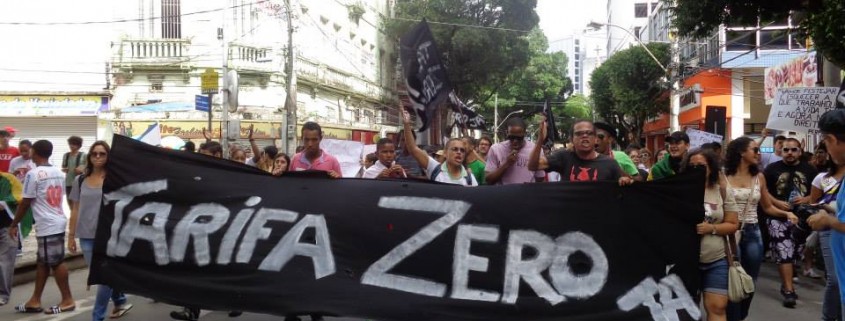
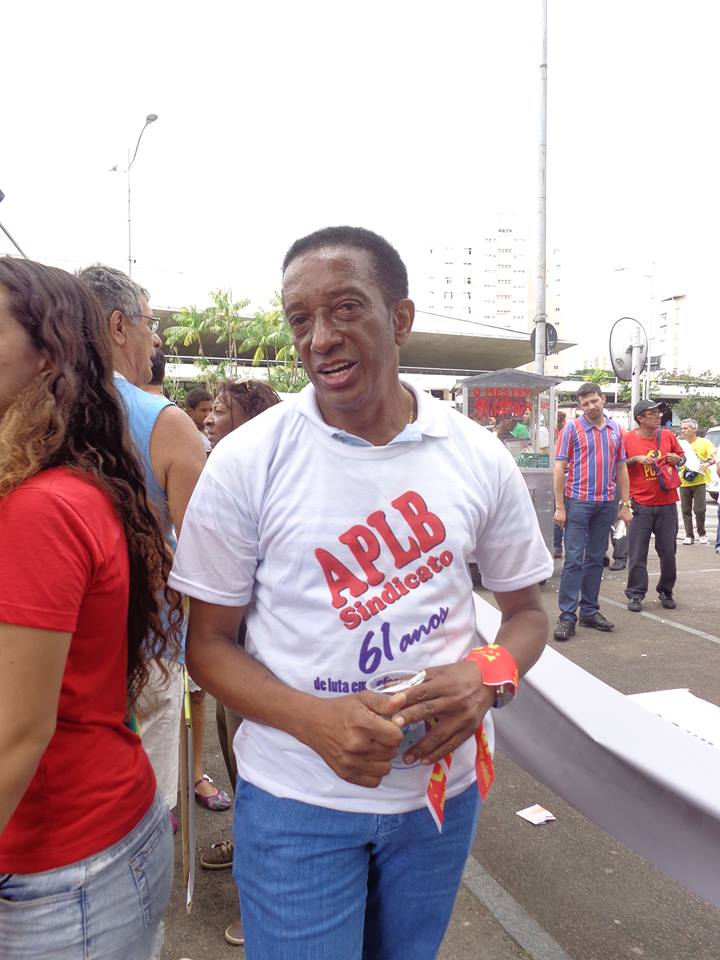

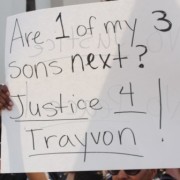
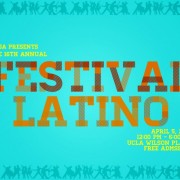
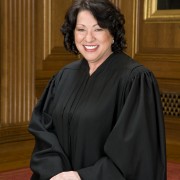


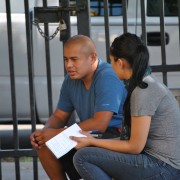


Leave a Reply
Want to join the discussion?Feel free to contribute!